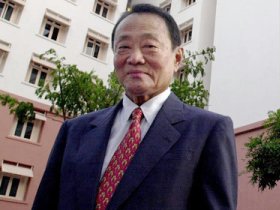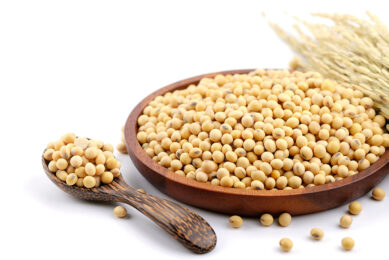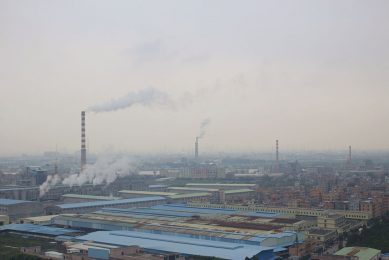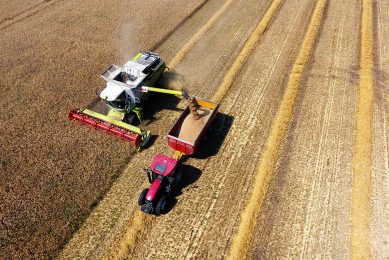Wilmar to become ‘Cargill of Asia’?

Singapore-listed Wilmar is shaping up to become the Asian version of agribusiness giant Cargill, with an expanding network of farms, food processors and shipping companies, reads a report in Business Times Online.
Wilmar International Limited, founded in 1991, is Asia’s leading agribusiness group. The group is amongst the largest listed companies by market capitalisation on the Singapore Exchange.
Photo: Robert Kuok Hock Nien, business magnate behind Wilmar and one of Asia’s richest people.
Wilmar’s main business activities include oil palm cultivation, oilseeds crushing, edible oils refining, consumer pack edible oils processing and merchandising, specialty fats, oleochemicals and biodiesel manufacturing, and grains processing and merchandising.
Headquartered in Singapore, Wilmar has operations in more than 20 countries across four continents, with a primary focus on Indonesia, Malaysia, China, India and Europe.
The company is supported by a multi-national staff force of more than 80,000 people, over 300 processing plants and an extensive distribution network. Products are sold to more than 50 countries globally.
China focus
Currently Wilmar is showing its muscle where it matters most – in China. Its integrated China operations account for 44.7% of its US$10.3 billion assets, allowing it to weather recent volatile food prices and now a likely yuan policy change.
The company had the most to gain when Beijing in April slapped import curbs on Argentine soyoil – a commodity that competes with Wilmar’s domestically crushed oilseeds in China and imported palm oil.
This resilience has spurred investors to clamor for Wilmar to revisit a shelved IPO for its China business, possibly this year, four years after the powerful Kuok family merged Wilmar and Malaysia-based Kuok Group to create the US$32 billion firm.
Wilmar’s shares have gained more than 8% this year, outperforming a 2.5% rise on Singapore’s benchmark index, while other plantation firms such as Malaysia’s Sime Darby, IOI Group and Indonesia’s Astra Agro Lestari are trading lower.
Margins in Wilmar’s main business sectors – oilseeds and grains, palm and laurics and consumer food products – certainly have room to grow as the world’s most populous country and third-largest economy keeps to its target of 8% annual growth.
Cheaper soybeans
An immediate margin boost may come from a yuan policy shift that could make imported soyabeans cheaper for Wilmar – a top importer that dominates a fifth of China’s 94 million tonnes of soya processing capacity.
It also buffers Wilmar from negative margins arising from weak livestock feed demand for soymeal, as the food processor can channel soy oil into its cooking oil business that controls 45% of China’s market.
In contrast, the influx of cheap soy imports may further weigh on smaller crushers that have tiny integrated downstream operations. Some have none to speak of.
Soy oil accounts for a quarter of China’s 6.4 million tonnes of edible oil imports, and Wilmar makes up the rest with palm oil from its estates in Southeast Asia, taking a larger market share than its nearest competitors Sime and IOI.
Unused plantation space
Wilmar’s plantation landbank of 570,000ha is just 41% planted, and analysts say the planting will rise in tandem with China’s growing appetite for edible oils and palm oil getting cheaper if Beijing lets its currency appreciate.
The scale of its operations – 130 processors and plants in China – allows Wilmar to manage the fluctuations in soybeans and palm oil and preserve earnings.
The major risk to Wilmar’s growth is that it will eventually come up against regulations stipulating that foreign firms cannot own new soy processors and those with a soy market share of more than 15% will not get approval to expand capacity.
Rice and wheat
Much of the optimism lies with Wilmar’s aggressive move into China’s highly fragmented rice and wheat milling sectors, which are the world’s largest, and also produce noodles and pastries.
China Agri leads with a 2% market share in both sectors, but Wilmar can take top position as it can build mills at its existing manufacturing bases where it can share overheads and logistics, reducing costs and boosting margins, analysts say.











